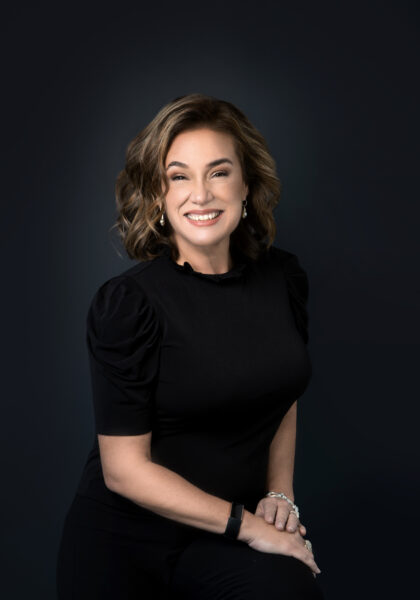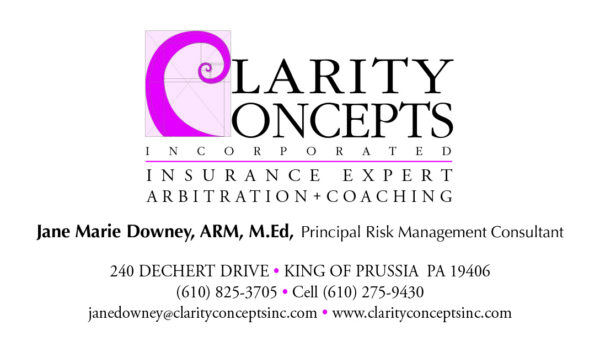Results For Articles or Consultants
Company - Wholesaler - MGA
Andrew Sall The Business Interruption Guy Episode 709 This week we welcomed Andy Sall of Complex Claims Resolution, LLC for a show on Business Interruption. What would happen to your business if there was a fire, flood or cyber attack that wiped out your income overnight? Would your insurance cover you? Are you confident that…
“By investigating a case aggressively at the outset, it was often possible to have a developed factual matter for analysis within 90 days, maybe as long as 6 months, depending on the cooperation of any third‑party claimant and other sources of information. By having that development, one could set accurate reserves earlier. The insurer would know where it stood, and actuaries could also have access to that data and reassess a particular book of business or a particular program to see how profitable it may be over time and make adjustments, rather than canceling a program as unprofitable, should development and accurate reserve setting take longer, such as years versus months.
Another important function was the interaction between claims handlers and underwriters. The two go hand in hand. Underwriters have a certain view of the world and ways they want to approach coverage, but it’s the claims people who must handle the result and keep up to date with the latest case law affecting liability and/or coverage. Such teamwork results in tighter and more successful programs including decisions as to whether or not policy language needs to be changed or the need to add additional exclusions based on developing appellate decisions that might create new perils. That level of communication was important, especially for innovative insurance companies. Where the intent is to cover something as communicated to the applicant, the claim department might not be aware of it, resulting in a claim denial.”
“This number (224) likely represents just a small fraction of the notice-based denials that never
make their way to a courtroom. More must bedone to educate policyholders on how to comply with their policies’ claims-made reporting requirements. How did notice-based denials under claimsmade forms become so common? To understand how the industry has arrived at this
point, it is important to explore the history and evolution of the claims-made form.
There are six main reasons for these denials.
1.Late reporting of a claim after policy expiration
2.Failure to disclose known claims or potential facts and circumstances that could
give rise to claims later on an application (and not reporting same under the notice
of potential claim provisions)
3.Failure to identify that the current claim being reported is related to a prior claim reported to a previous insurer or previous policy with the same insurer
4.Failure to disclose prior-pending claims made on an insurance application
5.Reporting the claim in a manner that is not as directed by the policy language itself
6.Claims denied for not reporting “as soon as practicable”
The main driver of denials is that the policyholder reported the claim after the policy expired, as represented by 101 denials upheld by the courts. Not too far behind that category is
the situation where the insured knew of a claim or wrongful act before the inception of a policy.
Here is a breakdown of the six categories. … “
“Overall, many of the more common issues were explored in previous articles. That is not to say, however, that these are complete solutions. I have long been of the belief that extended reporting provisions, when invoked, are an incomplete solution for long-term protection. That is because one is taking a limit of liability and stretching it across at least one year and sometimes six years or more. The limits, thus, are never refreshed. So, if there are any claims during the extended reporting term, policy limits are being eroded. This could mean that policy limits could be extinguished by claim frequency, and the benefit of runoff would be lost when that happens before the term had even run out.”
“There are inherent dangers when a company is acquired, not only for the selling company, but for the acquiring company. It is not uncommon for the buyer to require the seller purchase several years of extended reporting coverage. This is because the buyer, when either acquiring the assets or the stock transaction, wants no exposure to any known or unknow liabilities created by activities before the acquisition.
We’ve all seen companies get acquired, with the seller invoking whatever extended reporting coverage they can acquire, sometimes at a significant price. But that is not the only problem, and this is where the approach and analysis become important. Asking the right questions is thus necessary to provide the appropriate financial protection to those involved, with the avoidance of any error and omission claim that might be made against the broker, despite whether they are simply following an “order take” standard or not.”
Michelle Villarreal began her claims career over 30 years ago, with Cigna Companies while attending St. Mary’s University in San Antonio. She is the President and CEO of Occupational Accident Risk, Inc, a Third Party Administrator specializing in Texas work injury programs. They have been in the Third Party Administration industry since 2006, offering services…
Andrew helps policyholders prepare, present, and defend their business interruption/business income claims and has been doing so for more than 20 years. His success stems from his ability to understand and communicate the quirks and nuances of his clients’ businesses using both numbers and words. He has turned paltry claim offers and complete denials from…




